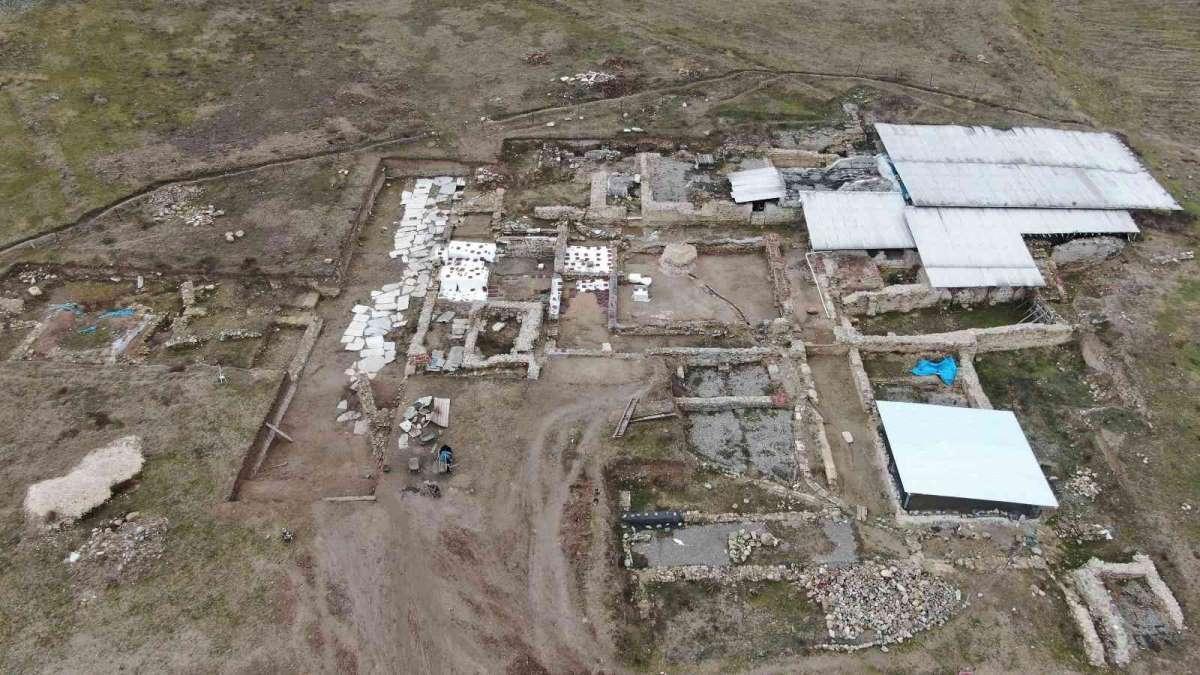
Works have been initiated to bring the ancient road, discovered after 1,700 years, to tourism in the ancient city of Pompeiopolis, located in the northern province of Kastamonu’s Taşköprü district.
Excavations carried out in the ancient city of Pompeiopolis, one of the largest cities in Anatolia during the Roman period, continue under the presidency of the Kastamonu Museum Directorate. The excavations in the ancient city, located in the Zımbıllı Tepe of Taşköprü district, the capital of the historical Paphlagonia region, are headed by Tayyar Gürdal.
Gürdal said that they are working to save the ancient road that they discovered after 1,700 years during the recent excavations and that it has not been used for 800 years.
“Pompeipolis was an important city. It takes its name from its founder, Pompeius Magnus, one of the most important political figures in Rome’s transition from republican to imperial rule. Mithridates, the Pontus King of the region, was the last commander to resist the Romans. When all the kingdoms in Anatolia accepted the sovereignty of Rome, Mithridates did not accept this sovereignty and rebelled,” he said.
Speaking about the excavation works, Gürdal said: “We focused on two areas. One is the city’s theater and the other is the city’s residential area and a highly qualified Roman Villa. During the Roman Villa works, we discovered a road that was connected to Sinop through the main road of the city and connected to Anatolia in the north on the east-west line, which provides access to the city from the main road. This road goes to the villa area from the main road and extends from there to the center of the city. Our recent work is carried out in this newly discovered road and villa. The villa was discovered in the second or third century B.C. but continued to be used until the 10th or 12th century B.C. Its floor tiles are mostly mosaic, we uncovered most of them, they are under protection. Other parts will be unearthed in future excavations.”
Gürdal said that a large part of the theater of Pompeipolis was destroyed and added, “Excavation is very expensive there. That’s why we stopped the work in the theater after we found the road. When working in theater, we saw that almost nine out of 10 parts of the theater were destroyed. There are only three rows of seats. We saw that all the remaining rows of seats had been dismantled. Only the infrastructure survives. We were thinking about where these blocks were, and we found them during the roadworks. We saw that most of the pavement blocks of the road were made of the theater’s seating rows and stair blocks.”
Stating that the excavations in the Pompeipolis will continue throughout the year, he said that they need a good sponsor. “How long it will take is directly related to the budget. If we work with very large budgets, we will finish it in a shorter time, but even if we work with very large budgets, there is at least 100 years of work here,” Güldal said.